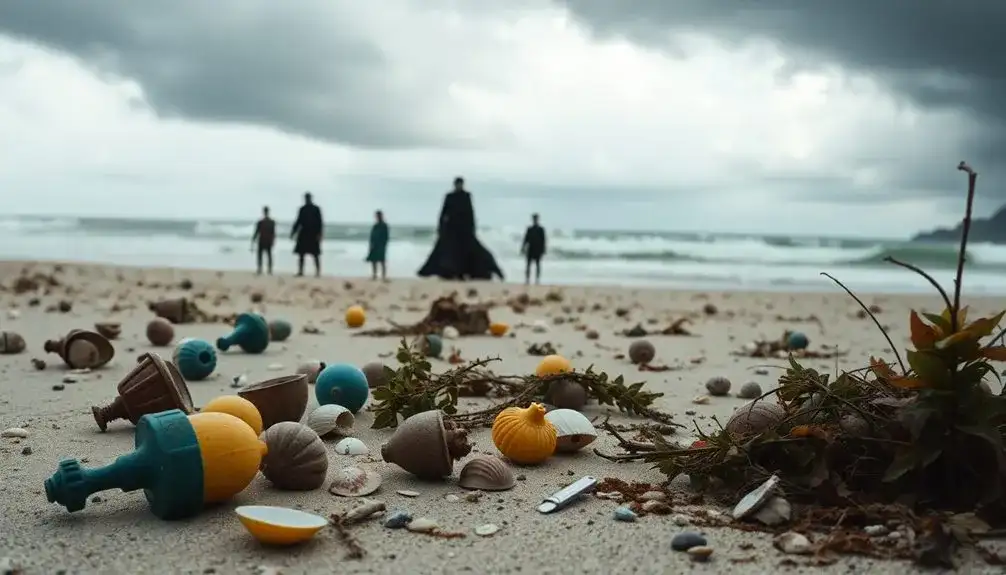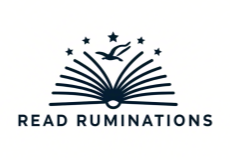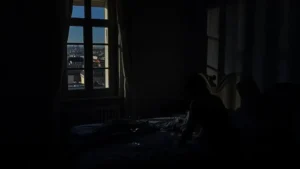Introduction: Understanding the Descent into Chaos
William Golding’s Lord of the Flies is more than a tale of stranded boys on a deserted island. Published in 1954, in the shadow of World War II, the novel explores the darker dimensions of human nature, stripped of the societal frameworks that ordinarily maintain peace and morality. Through the gradual disintegration of order and the rise of savagery, Golding exposes the precarious nature of civilization and challenges the belief in humanity’s innate goodness. The novel’s themes remain alarmingly relevant in today’s complex social and political climates.
Golding contrasts the idealism of R.M. Ballantyne’s The Coral Island, where marooned boys behave with decency and courage, with a far more disturbing vision: one where fear, power, and the thirst for dominance bring about a swift collapse of social norms. At its core, Lord of the Flies is a psychological and political allegory that scrutinizes the tension between the human impulses of order and chaos, reason and instinct, morality and savagery.
1. Historical and Literary Context

Golding’s pessimistic worldview stemmed largely from his experiences during World War II. Having served in the Royal Navy, he witnessed firsthand the capacity for cruelty and violence in supposedly civilized men. These observations drove him to question the optimistic assumptions of human nature that permeated much of pre-war literature. Golding sought to deconstruct the myth of the noble savage by placing young, ostensibly innocent boys in a setting devoid of adult control.
The novel emerged at a time when the world grappled with the aftershocks of genocide, authoritarianism, and nuclear threat. These realities inspired Golding to probe deeper into the fragility of moral order, drawing from psychological theories such as Sigmund Freud’s model of the human psyche, which divides behavior into the id (instincts), ego (reality), and superego (morality).
In this framework, Lord of the Flies becomes more than a narrative—it is a profound commentary on the thin veil that separates civility from savagery.
2. Inherent Human Evil: A Disturbing Revelation
At the heart of Lord of the Flies lies the unsettling assertion that evil is not an external force, but an intrinsic aspect of the human condition. Golding confronts the notion that morality is innate, suggesting instead that it is a social construct vulnerable to collapse.
The island, initially a paradise, quickly becomes a battleground of instincts. The boys begin with rules and roles, but fear soon becomes their dominant force. Jack, who starts as a disciplined choirboy, rapidly devolves into a symbol of savagery. He manipulates the others with fear—most notably the fear of the mythical “beast”—to consolidate power.
Simon, the most spiritually inclined character, recognizes that the real beast is not a tangible entity but the evil residing within each boy. His death, mistaken for that of a supernatural creature, underscores how fear and mob mentality can obliterate truth and innocence.
Piggy, who represents logic and rationality, also falls victim to this descent. His murder, and the symbolic destruction of his glasses—tools for fire and thus civilization—signify the triumph of brutality over reason.
3. Civilization vs. Savagery: The Core Conflict
The central tension in the novel plays out through Ralph and Jack, representing order and chaos, respectively. Ralph’s leadership is grounded in cooperation and communication. The conch shell, which he uses to assemble the group and allow orderly speech, becomes a powerful symbol of democracy and civilized discourse.
Jack’s trajectory is starkly different. He thrives on domination and the emotional thrill of the hunt. As his followers shed their clothing and paint their faces, their transformation from children into tribal warriors becomes complete. They abandon the fire—their one hope of rescue—in favor of hunting and feasting. This shift marks a key moment where survivalism supersedes hope and human connection.
The boys’ descent is further accelerated by the erosion of shared values. The signal fire, which at first symbolizes rescue and continuity with the civilized world, becomes neglected. When it goes out, it reflects not just the loss of hope, but the disintegration of a common purpose. The fire’s absence is as much a symbolic death of morality as it is a literal failure to signal for help.
4. The Role of Leadership and Power Dynamics

Golding uses the contrasting leadership styles of Ralph and Jack to examine how power is acquired and wielded. Ralph seeks to lead through consensus and responsibility, valuing the signal fire and communal decision-making. His authority is fragile, however, as it rests on a shared moral foundation that erodes with each passing day.
Jack, in contrast, uses fear and spectacle to gain loyalty. His rule becomes increasingly autocratic as he promises meat and protection from the beast. This style of leadership resonates disturbingly with real-world authoritarian regimes, which exploit fear and offer simplistic solutions to complex problems.
Piggy’s role as Ralph’s adviser illustrates how intelligence often goes unheard in chaotic environments. Despite his perceptiveness, his physical vulnerability and lack of charisma render him an outsider. His eventual death at the hands of the boys solidifies the victory of emotional manipulation over intellect.
The conch shell’s destruction symbolizes not just the loss of order but the failure of democratic principles. With its shattering, any remaining semblance of civility is obliterated.
5. Symbolism and Allegory: Layers of Meaning
Lord of the Flies is rich with symbolism, each element deepening the reader’s understanding of its themes.
- The Beast: More than a figment of imagination, the beast represents the primal fear and darkness within each person. As Simon realizes, it is “only us.”
- The Conch Shell: Initially a powerful symbol of order and civilization, the conch’s gradual decline and final destruction represent the disintegration of social norms.
- Piggy’s Glasses: These stand for reason, clarity, and scientific knowledge. When Jack’s tribe steals them, it symbolizes the takeover of savagery over intellect.
- The Signal Fire: A metaphor for hope and connection to the outside world, the fire’s neglect underscores the boys’ descent into isolation and chaos.
- Face Paint: The act of painting their faces liberates the boys from self-awareness and responsibility, allowing them to act without conscience.
Golding’s allegory extends beyond the island to all human societies. He challenges readers to question the assumptions underpinning their moral beliefs and to recognize how quickly they can be undone in the absence of order.
6. Character Arcs and Psychological Transformation
Each major character in Lord of the Flies undergoes significant transformation, reflecting the novel’s core themes.
- Ralph begins as a confident leader but becomes increasingly disillusioned as order crumbles. By the novel’s end, he is a hunted fugitive, mourning the loss of innocence.
- Jack transforms from a choir leader into a ruthless hunter, illustrating how easily power can corrupt.
- Piggy remains rational to the end, but his inability to inspire respect or command authority leads to his downfall.
- Simon offers a Christ-like figure of purity and insight. His death, misunderstood by the others, reflects humanity’s rejection of truth and compassion.
These arcs underscore the psychological transformations that occur when social norms vanish. Golding emphasizes that these are not external changes, but revelations of what lies beneath the surface.
7. Contemporary Relevance: Lessons for Today

The themes explored in Lord of the Flies remain startlingly pertinent. In the digital age, the internet often serves as a metaphorical island where anonymity and lack of accountability lead to toxic behavior. Online mobs mirror the frenzied violence of the boys, and the breakdown of discourse resembles the shattered conch shell.
Furthermore, political polarization and the rise of populist movements demonstrate how fear and manipulation can override reason and empathy. Like Jack, modern leaders sometimes exploit fear to consolidate power, while intellectual voices like Piggy’s are dismissed or ridiculed.
The novel also resonates in the context of youth culture and education. It poses essential questions about how societies teach morality, critical thinking, and leadership. Are we preparing young people to uphold civilization—or are we merely containing the darkness until circumstances allow it to emerge?
8. Conclusion: Confronting the Beast Within
Lord of the Flies compels readers to examine the foundations of their morality and the structures that uphold society. Golding does not provide easy answers; instead, he holds up a mirror to human nature and asks whether civilization is a genuine force or merely a fragile illusion.
Through the collapse of a micro-society, Golding demonstrates how quickly values can be discarded in favor of power and survival. The novel challenges readers to acknowledge the beast within and to recognize the ongoing importance of ethical leadership, empathy, and societal responsibility.
In an age where institutions are increasingly questioned and social cohesion appears tenuous, Lord of the Flies offers a sobering, yet essential, reflection on what it means to be human.



